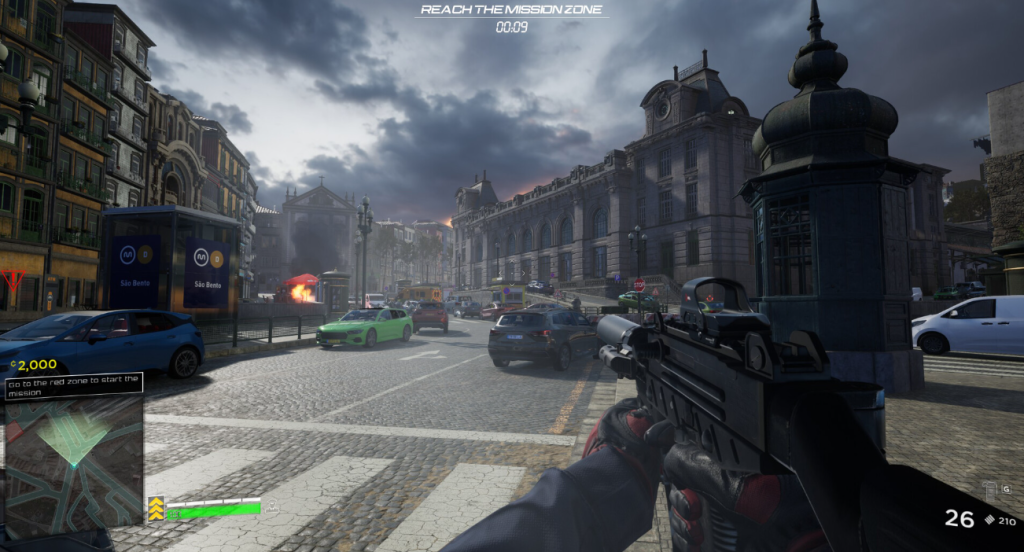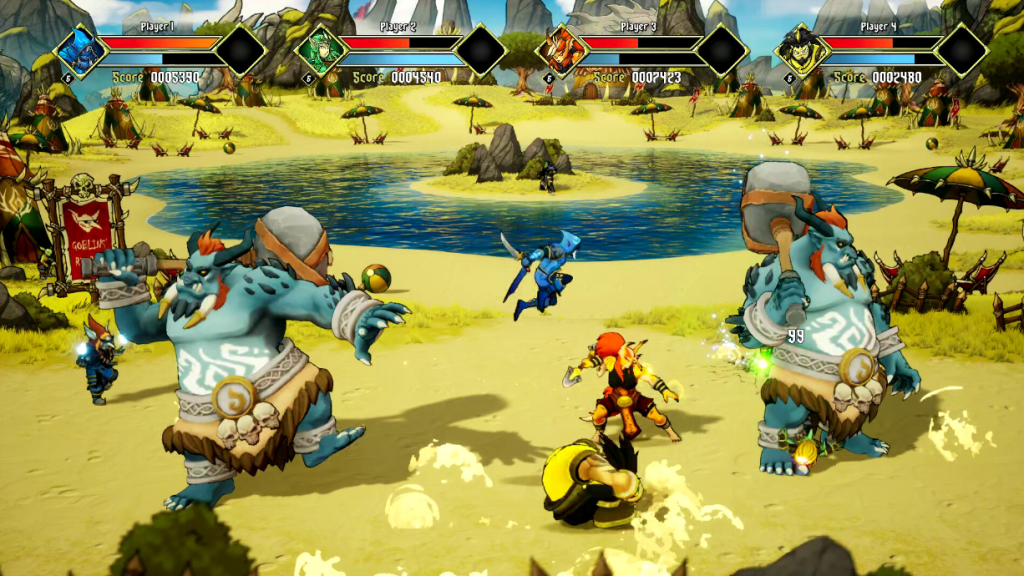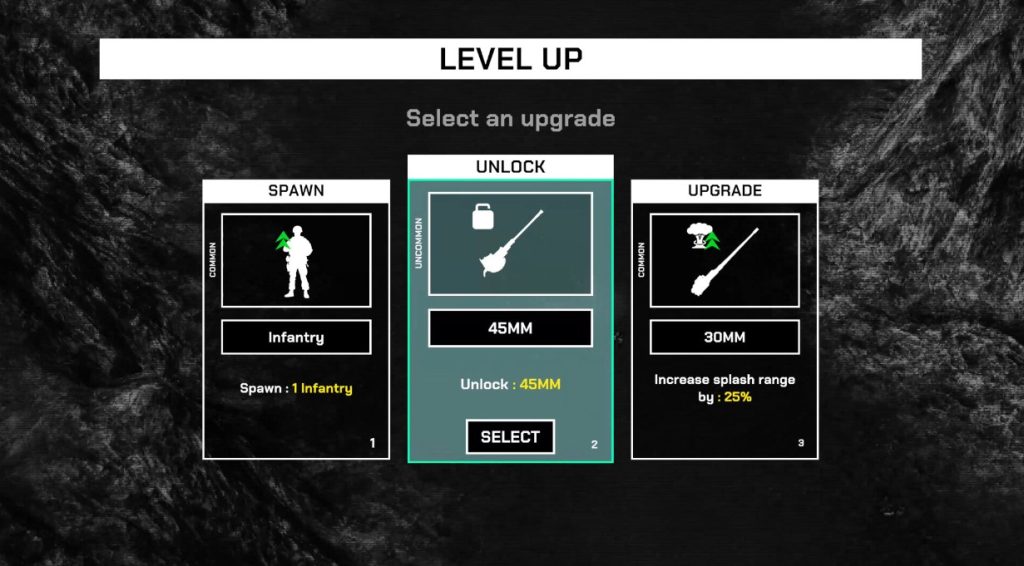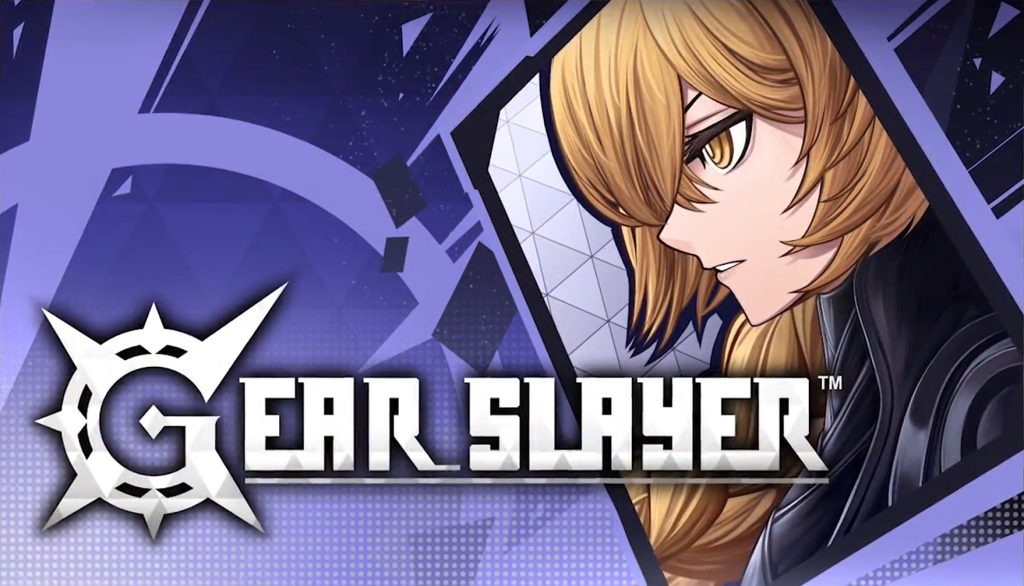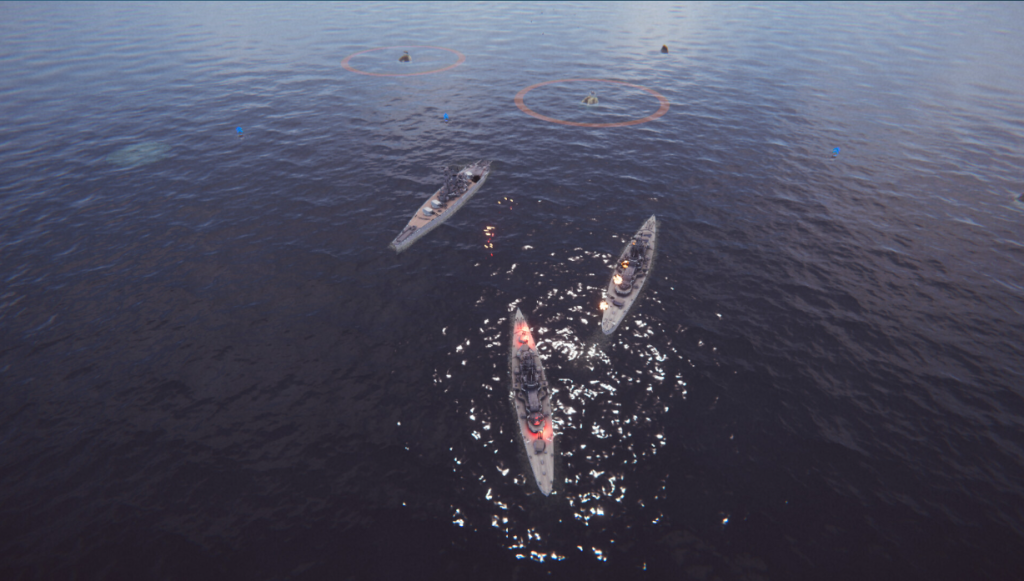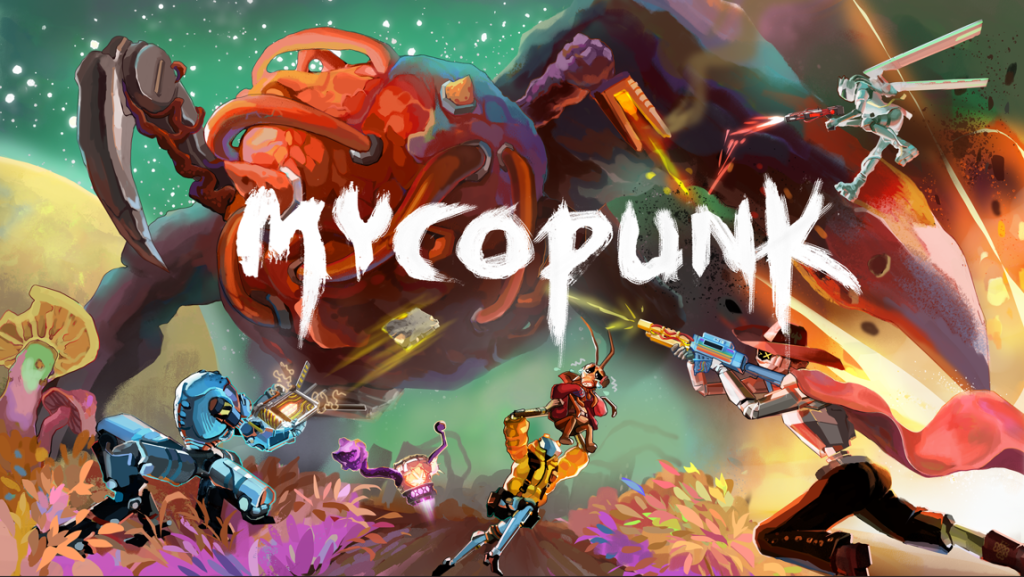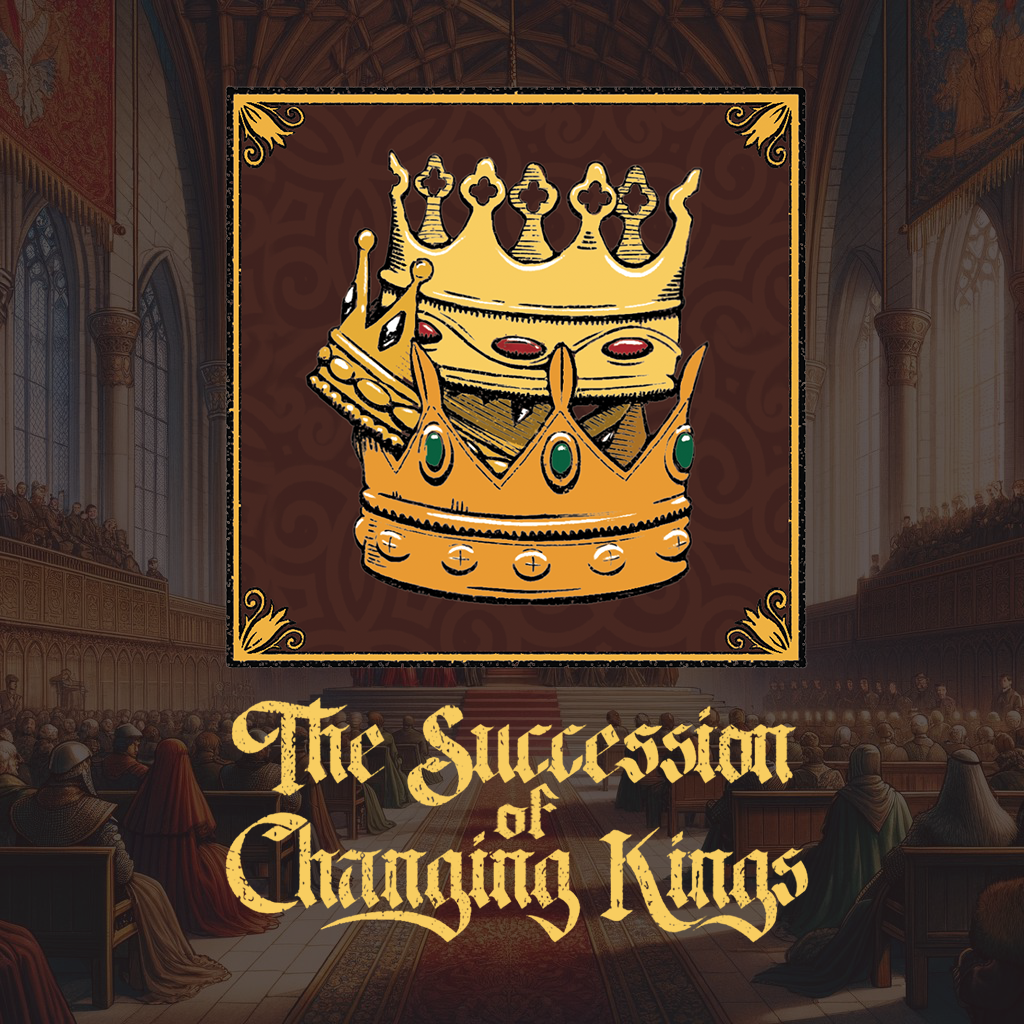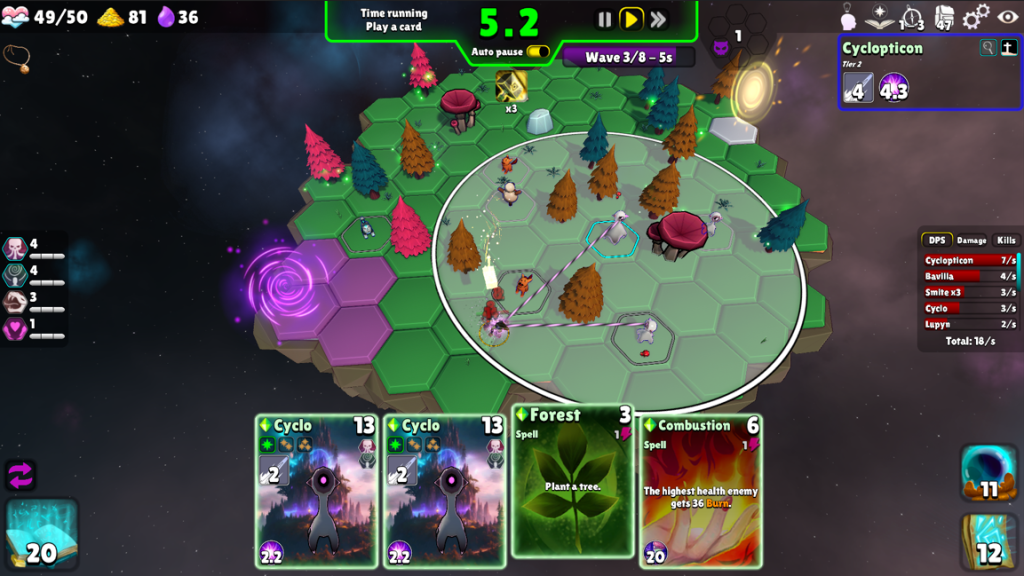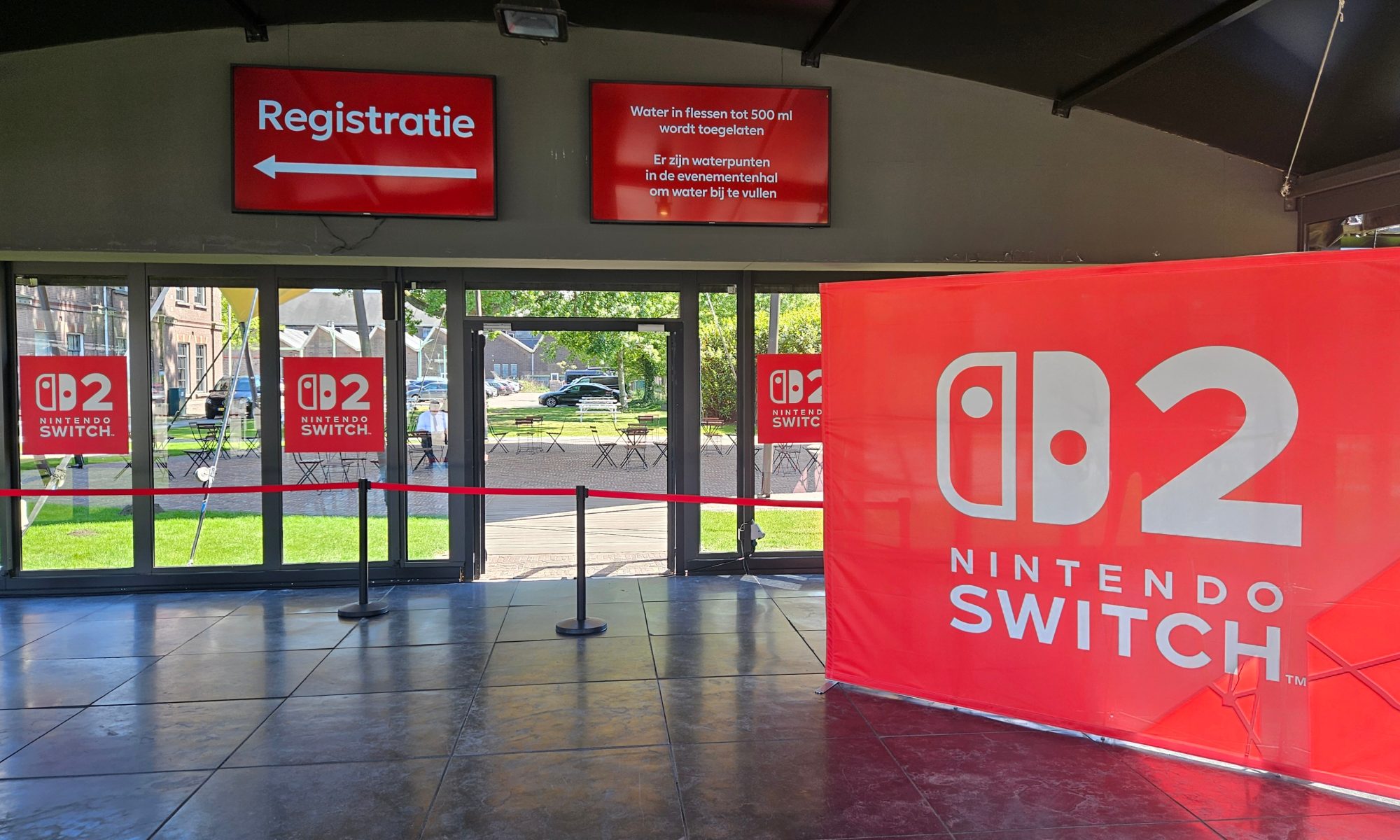Stepping Into the Line of Fire
Alpha Response, the latest project from Gooseman the legendary mind behind Counter-Strike immediately caught my attention. As someone who grew up on tactical shooters, the promise of a game that puts you in the boots of elite police units worldwide was too tempting to ignore. The premise is simple yet compelling: respond to critical situations, save innocent lives, and bring order to chaos. But as I dove deeper, I found a game that both thrilled and frustrated me in equal measure.
From the very first mission, Alpha Response throws you into the thick of things. There’s no hand holding, no lengthy tutorials just you, your squad, and a city teetering on the edge. The adrenaline rush is real, especially when you’re not sure if the next door hides a terrified hostage or a shotgun wielding criminal. That tension, that split second decision making, is where the game truly shines.
